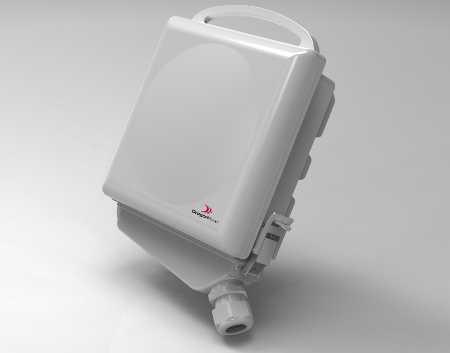In the small cell business, the race to be smaller is a never-ending contest.
That’s because as cellular carriers increase the densities of their networks with more microwave radios, municipalities are demanding less conspicuous boxes to be hung from lamp posts or sides of buildings.

“Part of the message is just in like any other part of the network you need a toolkit approach where you need some technologies in one portion, and other technologies in another,” said Alan Solheim, the company’s vice-president of corporate development.
The new Avenue Link Lite is only 7.5-inches square and just under 2 inches deep – including antennas that relay signals to base stations – that consumes only 15 watts of power.
It also supports MIMO (multiple input/multiple output) technology, which can run two streams of traffic on one channel giving up to 200 Mbps on one link.
Running in the 2.3 GHz, 3.5 GHz, and 5.8 GHz frequencies, the Link Lite can be used in non-line of sight deployments, where, for example, trees might ordinarily interfere with signals. For that reason it would likely be used at the edge of a network.
DragonWave said Avenue Link Lite can be deployed using a tree topology, with macrocell traffic aggregation points on rooftops, or with tail, chain or small hub microsites at street level, which reduces interference and offers more flexible network connectivity, as well as simplifying network expansion and helping to ensure protected network architectures.
Meanwhile, the bigger Avenue Link radio, which runs in 24 GHz-60 GHz and can handle higher capacity than the Link Lite — up to 1 Gpbs traffic — has been shrunk. When released before the summer it will measure measures 8.1-in. wide by 8.8-in. high x 5.7-in. deep.
Both can send signals either to the base stations made by major wireless network manufacturers or to the Avenue Site integrated small cell platform.
The Avenue line was announced in the fall of 2011 and released last year, but DragonWave is still in customer tests. That’s true for many of the company’s competitors, too, said Solheim.
“There’s a lot of hype around small cells, but it’s been a bigger change of operational practices for carriers to digest than perhaps was originally anticipated, so the mass deployments have been delayed from originally expected.”
One problem, he said, is carriers are expecting a certain level of cost savings in small cell deployments.